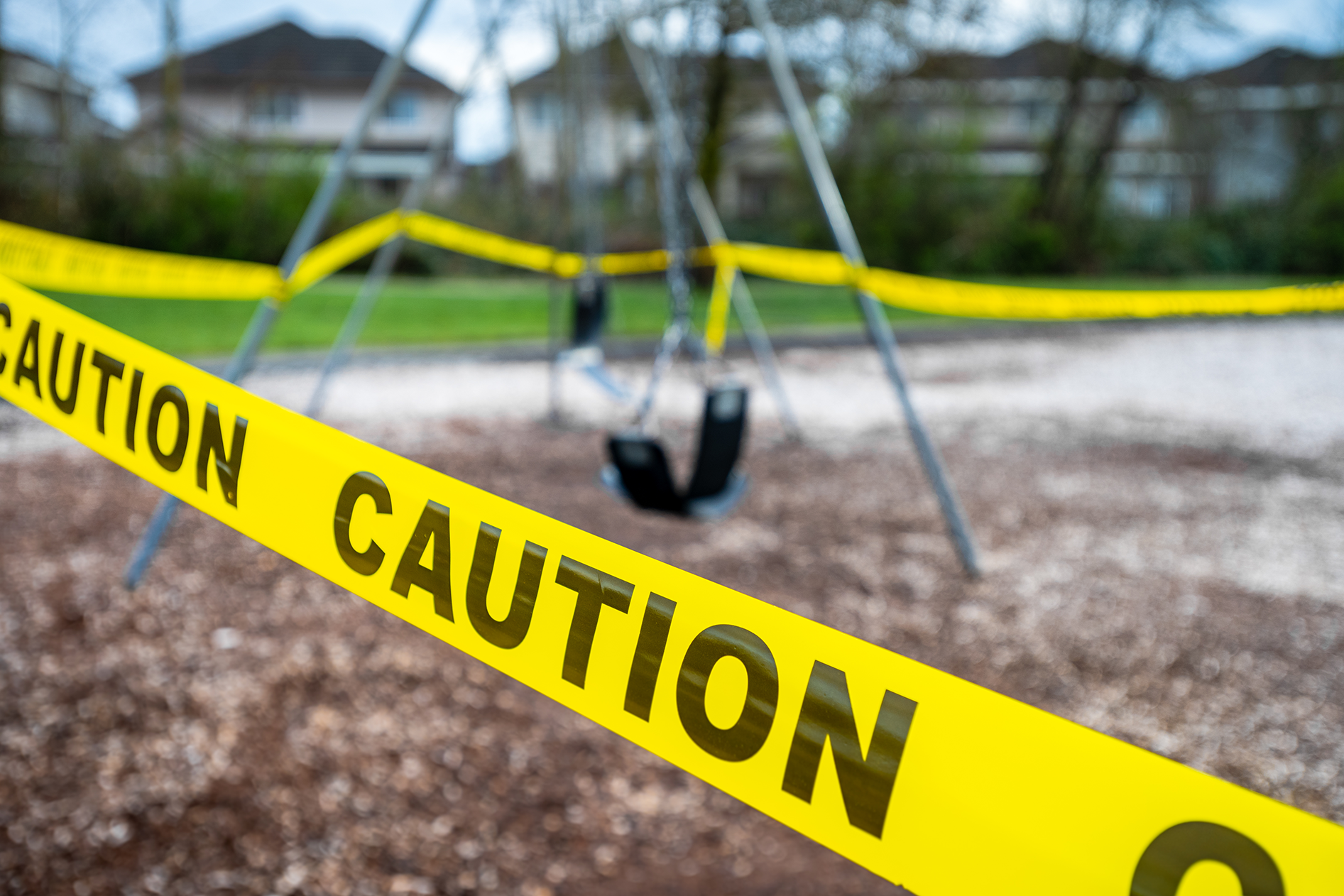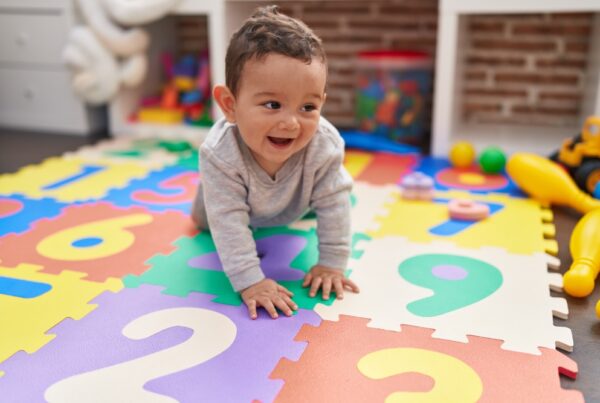Australian parents are being warned of a commonly overlooked playground danger for kids this summer – hot surfaces and playground equipment that can burn young feet as temperatures soar.

Temperature tests across Sydney on a typical summer afternoon found that an artificial turf surface registered temperatures just short of 100C – while part of a tyre swing even hit 105C. That’s more than twice the temperature it takes to put a child at risk of a burn.
Children’s tender skin is being badly burnt and blistered simply from playing at a local park, and doctors are urging parents to be vigilant after incidents of accidental burns match the rising temps.
Recent measurements were recorded from sun-exposed areas across Sydney, on a Summer afternoon and the results were alarming.
The metal part of a rubber tyre swing got up to an incredible 105°C, while an artificial turf surface got to 98C.
The rubber flooring on a park got up to 90C.
It’s not uncommon to see a parent at the park check the slide that is sitting in the sun, to find it is scorching hot.
Ground tests revealed similarly shocking readings. While the grass reached 52.7C, the concrete hit temperatures as high as 67 degrees, and nearby brickwork at a searing 68.6 degrees.
A child is at risk of a burn when a surface exceeds 50C and when the skin is heated to 45C for a prolonged period. At surface temperatures greater than 50C, tender young skin can be burned severely within seconds and may require surgery.
Meanwhile, a similar study conducted by Western Sydney University found that unshaded rubber equipment could reach up to 100°C.
To treat burns parents should remove all clothing and nappies unless they are stuck to the skin. They should also run the burn under cool, running water for at least 20 minutes, before covering the area with either a clean, damp cloth or cling film.
It is important to seek immediate medical advice if the burn is bigger than the size of a 20cent coin; Is on the face, groin, hands or feet; Or was caused by chemicals, electricity or there are signs of an inhalation injury.









